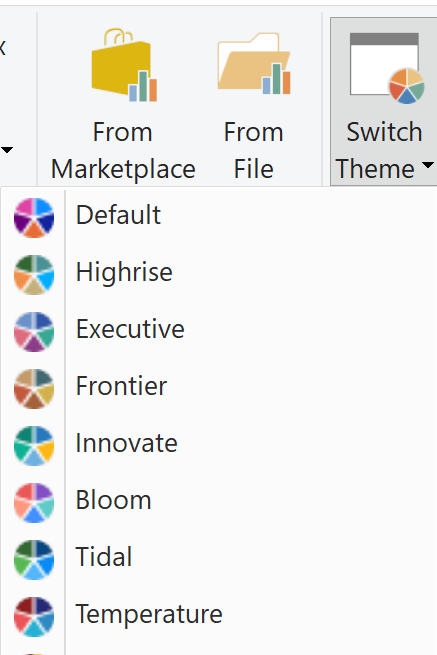T-SQL Tuesday #123

My topic is looking for your favourite ‘life hack’, something you use to make your day easier. This could be anything from a keyboard shortcut in SSMS that runs ‘sp_whoisactive’, to a technique you use to get and stay organised. It doesn’t have to be directly related to a technology, just whatever you use to make your life easier.
T-SQL Tuesday Host, Jess Pomfret ( https://jesspomfret.com/t-sql-tuesday-123/ )
